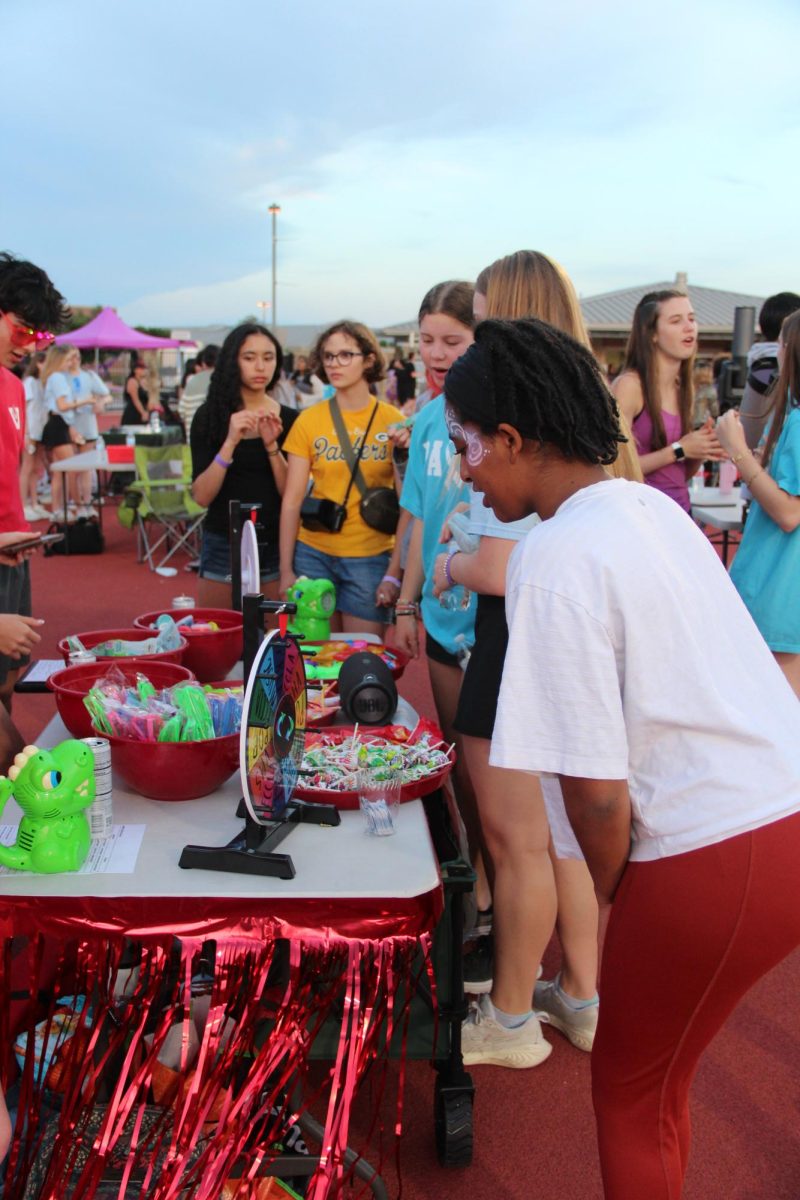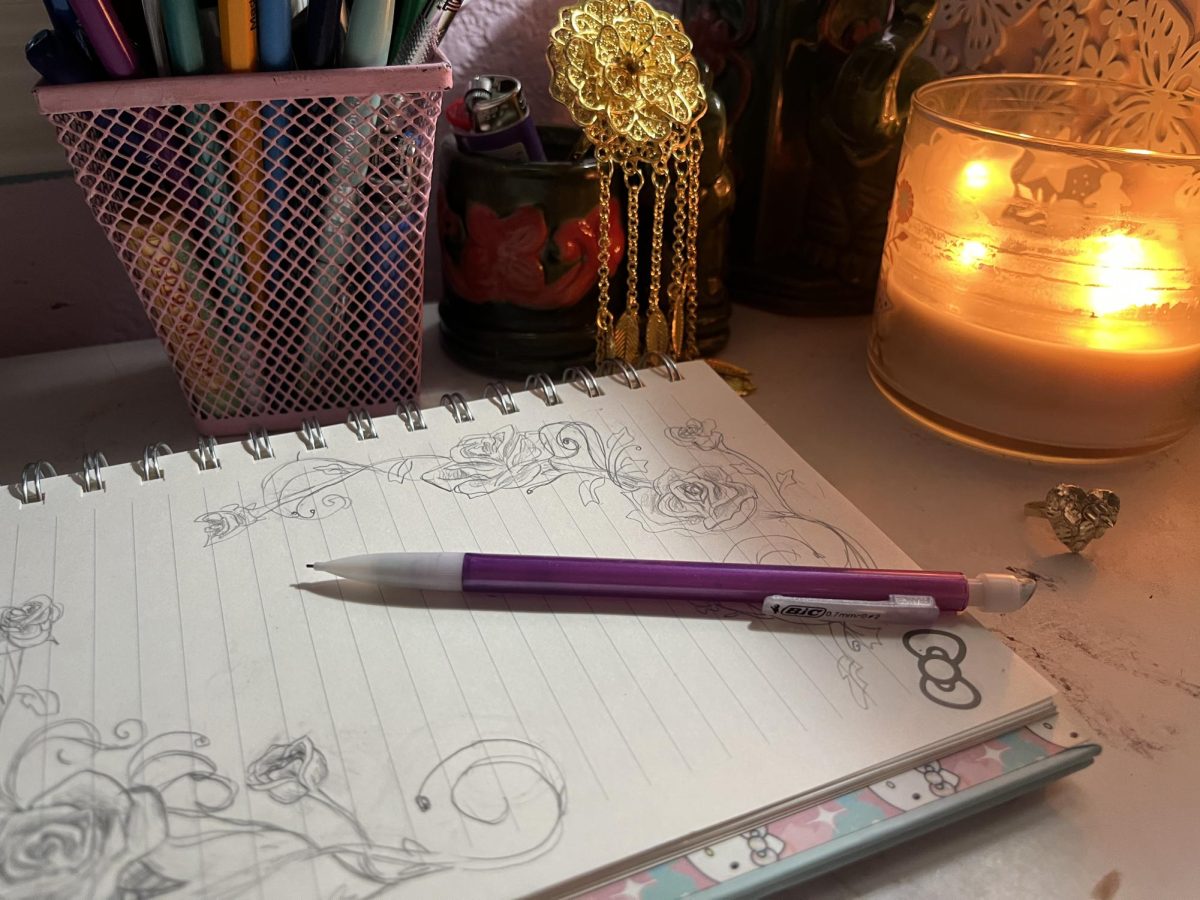“Recent years have seen an explosion of male joblessness and a steep decline in men’s life prospects that have disrupted the ‘romantic market’ in ways that narrow a marriage-minded woman’s options: increasingly, her choice is between deadbeats (whose numbers are rising) and playboys (whose power is growing). But this strange state of affairs also presents an opportunity: as the economy evolves, it’s time to embrace new ideas about romance and family—and to acknowledge the end of ‘traditional’ marriage as society’s highest ideal.” Kate Bolick
The Atlantic released an article in 2011 called “All the Single Ladies,” targeting young women who are insecure about where their relationships stand, and are afraid of becoming their biggest fear: a cat lady. Kate Bolick goes into depth about a new age that we are entering where women are more likely to go to college, and new feminist ideologies have taken hold of the modern woman. The days of the “damsel in distress” and Disney fairytales where the princess spends her days miserable until her Prince Charming comes to fill the gap in her heart with unrelenting happiness are over. This gap is now being filled with a quality education, successful careers and the freedom of being independent.
Before the 18th century, marriage was considered an emotionless contract between two people in order to gain economic and political affluence. The connection between man and woman divided into two distinct social expectations. The sphere of domesticity was created for women to slave themselves in the kitchen, while men went to work. Fortunately, relationships have evolved since then.
A social historian at Evergreen State College in Washington has conducted studies on twenty first century relationships.
“We are without a doubt in the midst of an extraordinary sea change,” she said. “The transformation is momentous—immensely liberating and immensely scary. When it comes to what people actually want and expect from marriage and relationships, and how they organize romantic lives, all the old ways have broken down.”
From the 1970 to 2007, woman’s earnings have increased 44 percent in contrast to men’s 6 percent. And in 2010, 55 percent of college students 25-29 were female. Women are rising in power, independence and prestige as they begin an era of uncharted territory that will increase female participation in government and other solely male dominated positions.
Young women, especially students must continue to step up to the plate and join in the race for independence and autonomy.
“We are not designed, as a species, to raise children in nuclear families,” author Christopher Ryan said. “Women who try to be ‘supermoms,’ whether single or married, holding down a career and running a household simultaneously, are swimming upstream.”







